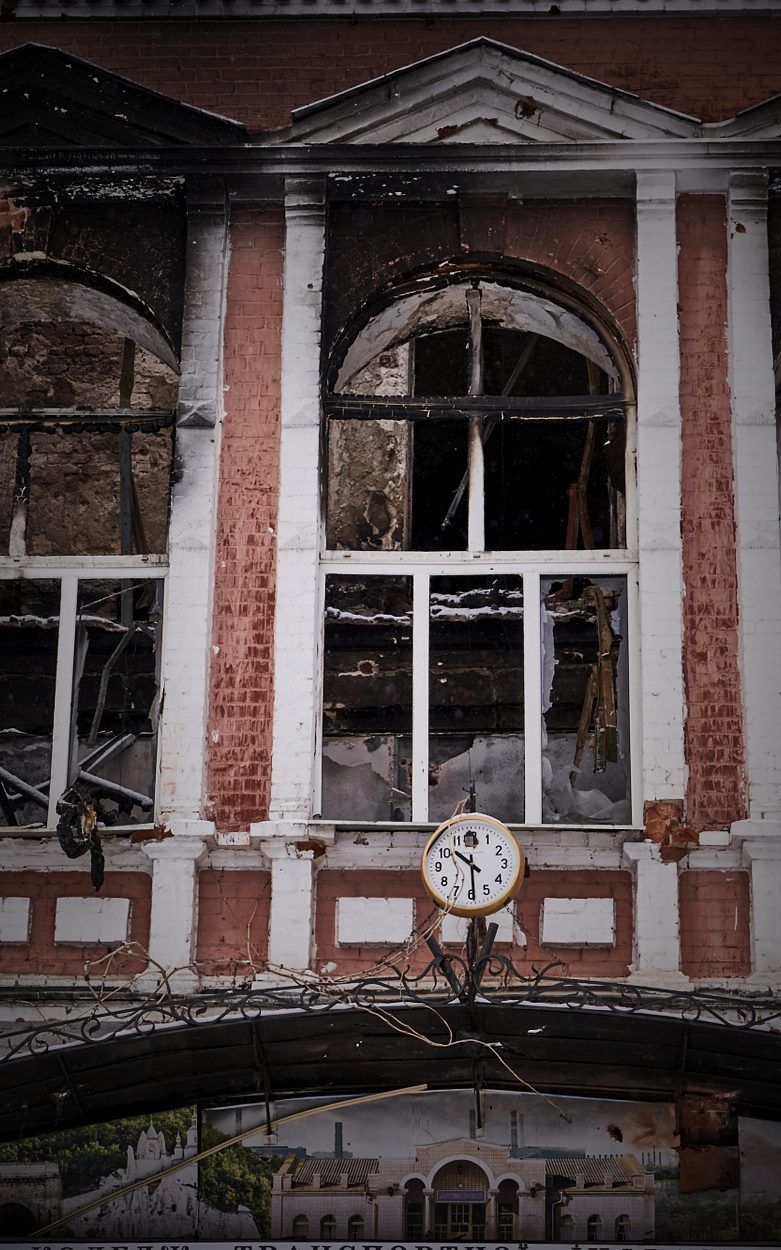

Bakhmut
Living
The situation in Bakhmut became increasingly critical in early February 2023 as the Russians advanced, bombarding the city with artillery shells day and night. Surprisingly, there are still approximately 6,000 people remaining in the city.
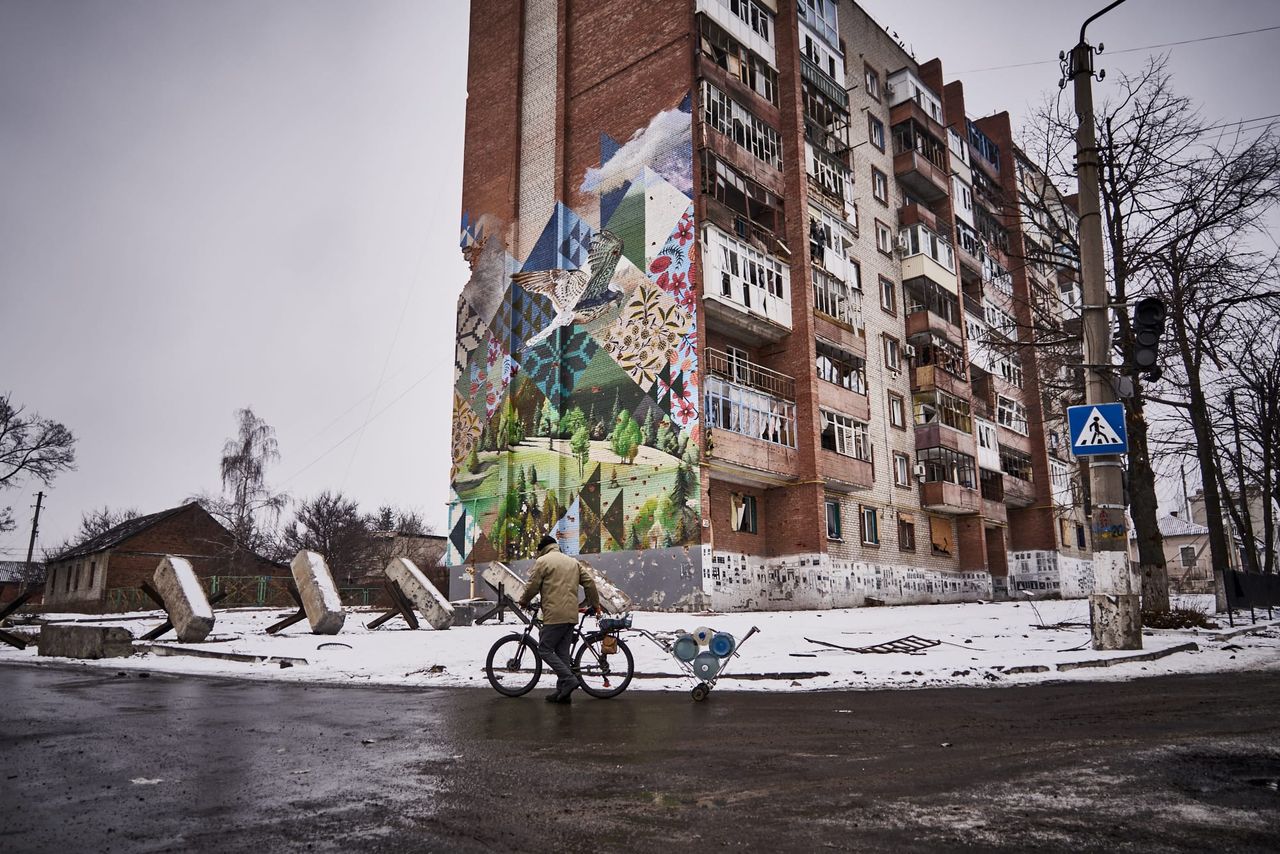
Despite the shelling, the police are still trying to evacuate the citizens, but many people do not want to leave. They are afraid of the arrival of the Russians, but also of becoming a refugee.
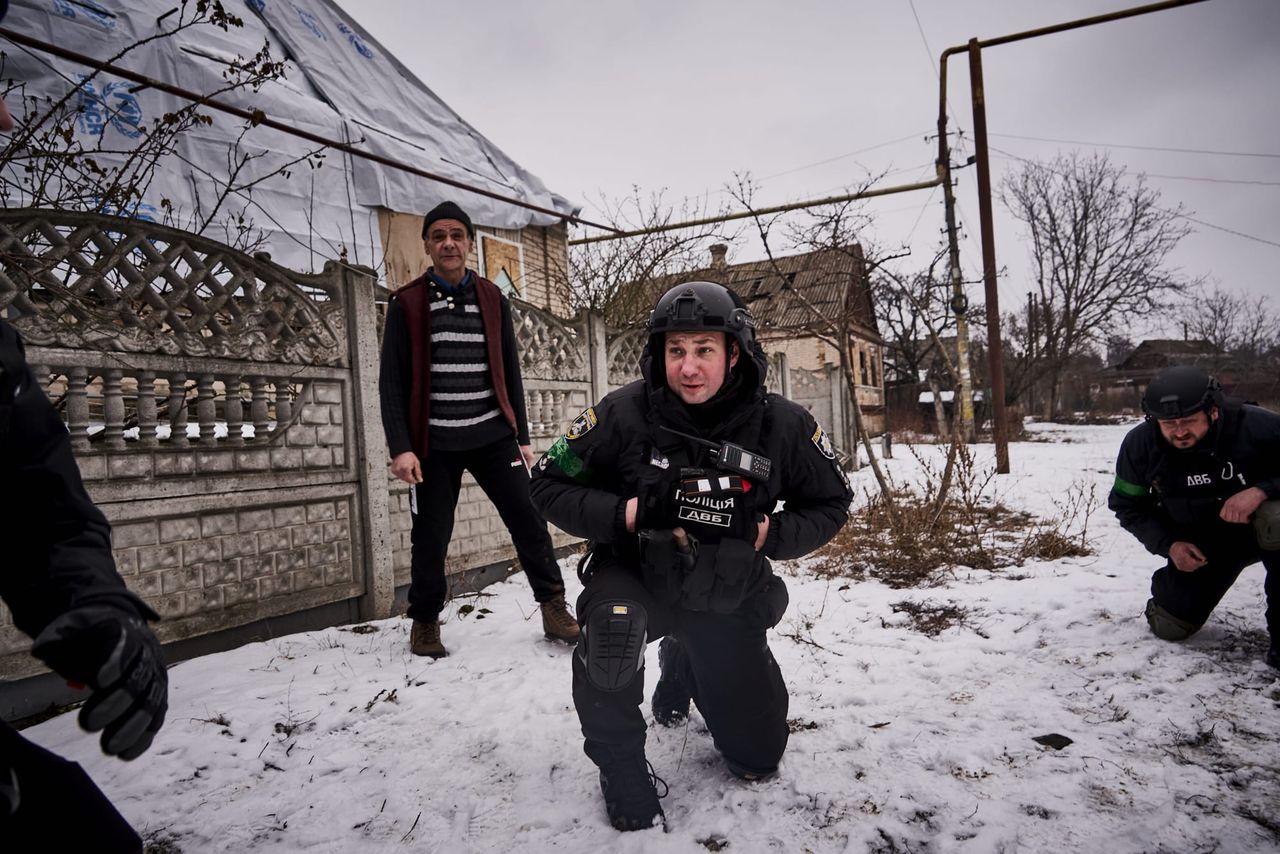
At the suggestion that humanitarian aid will take care of them, they ask, "for a few days or a month. Yes, but what will happen after that? It leads to an absurd situation - police officers show them photos of places where they will be evacuated on their phone to convince them.
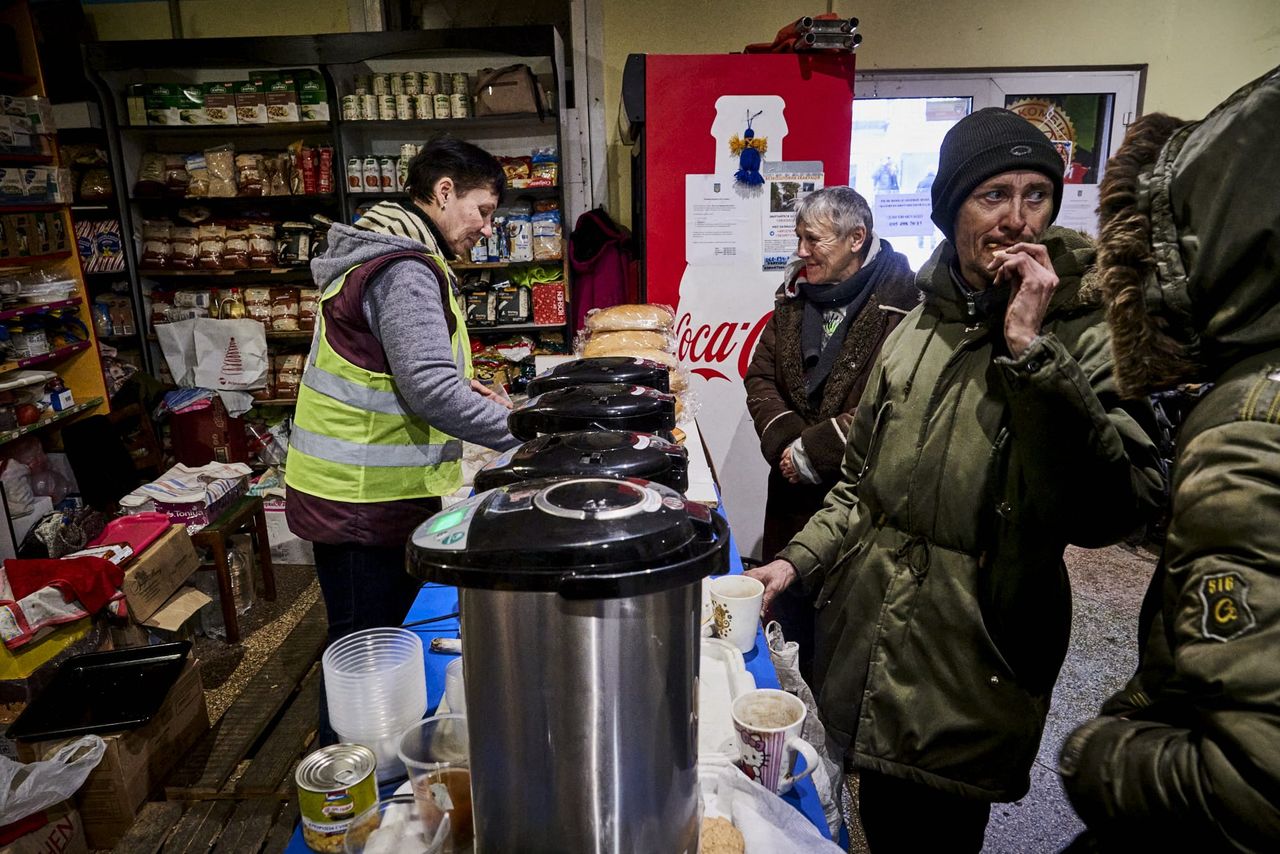
Life is limited to basic needs, both for humans and animals. When the shelling is weaker, people go out to collect water or to visit the three humanitarian centers There are three in the city. There, they can get medicines, food, and even warm shoe inserts.
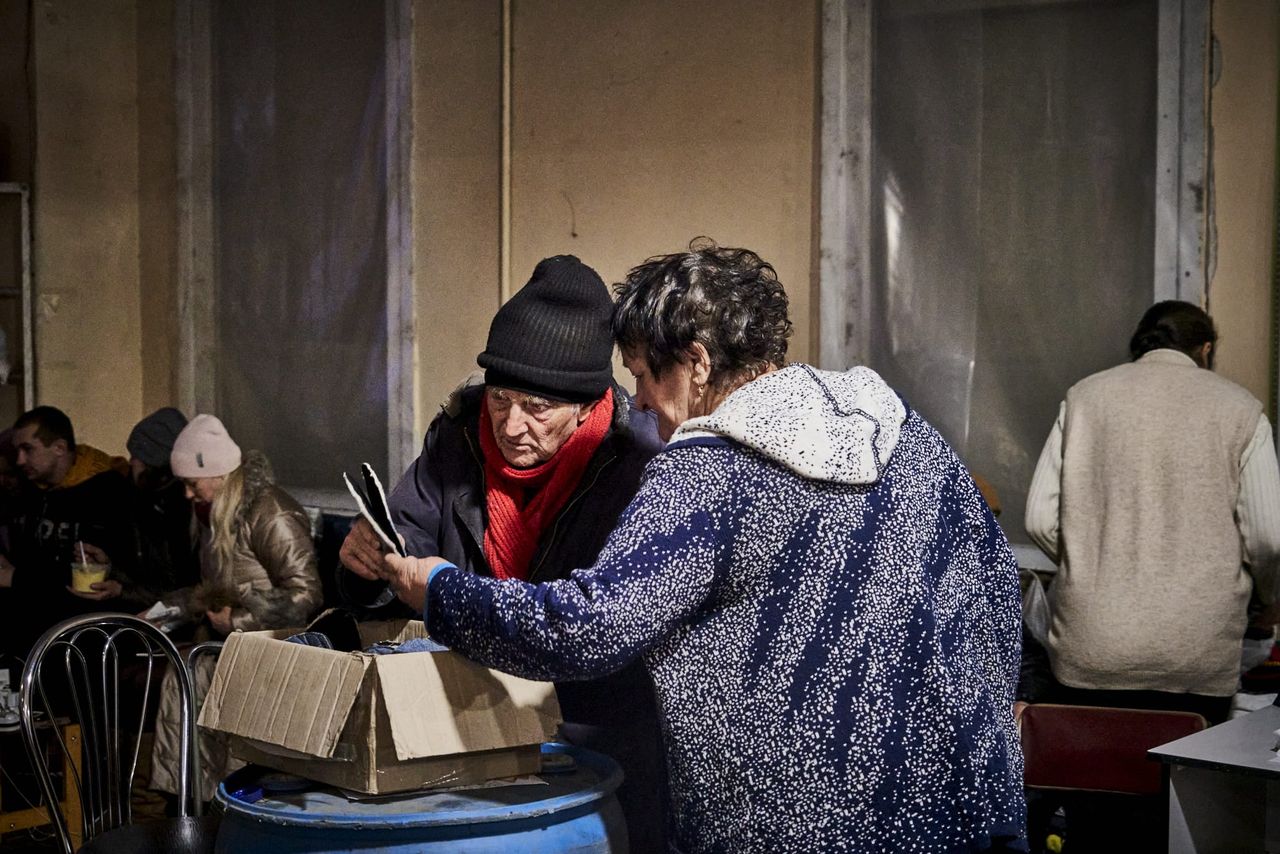
The overcrowding in these is as surprising as the sight of whole glass in the windows of some buildings. People can warm up, charge their phone, have a hot meal or drink tea or coffee.
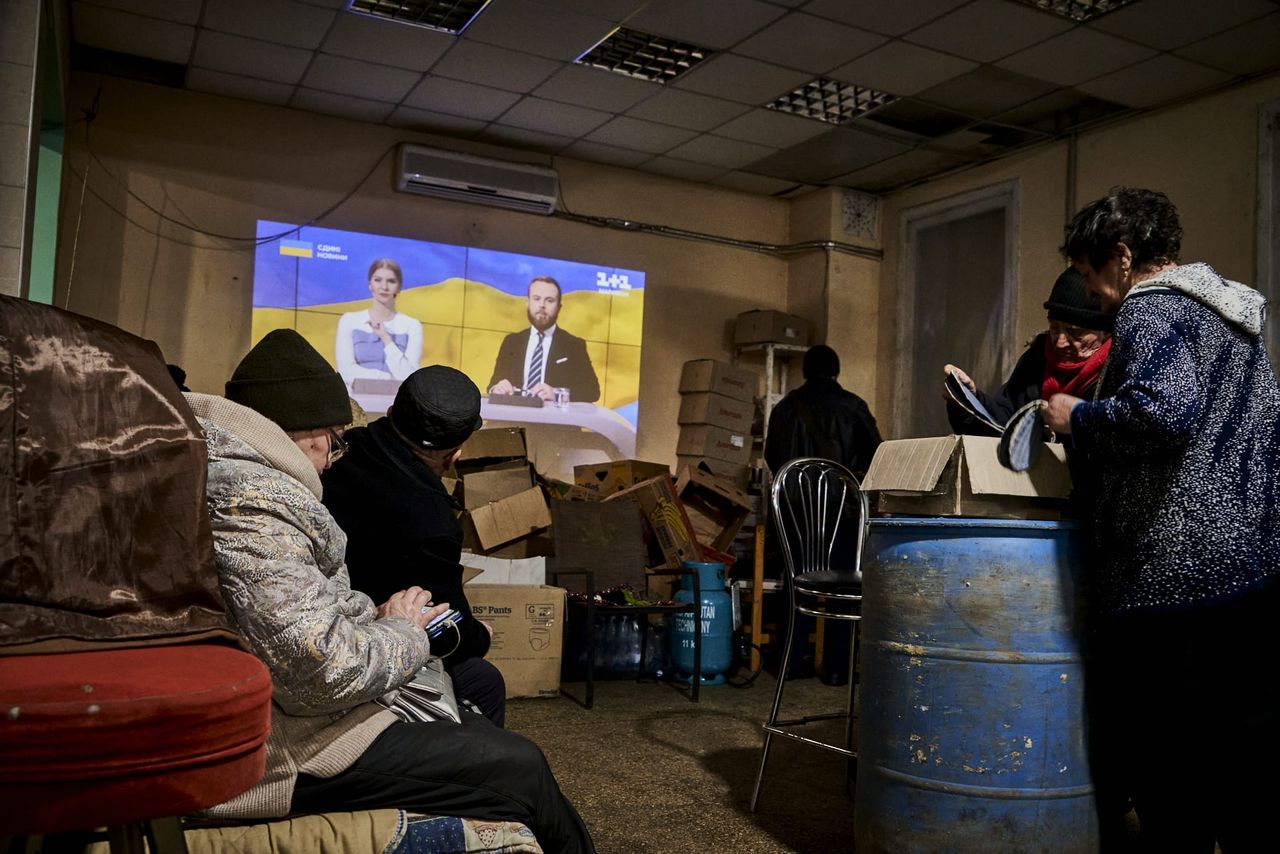
The TV comes on from the projector. It's a strange feeling: one has the sensation that it is rather those on the screen who are watching these poor residents of Bakhmut.
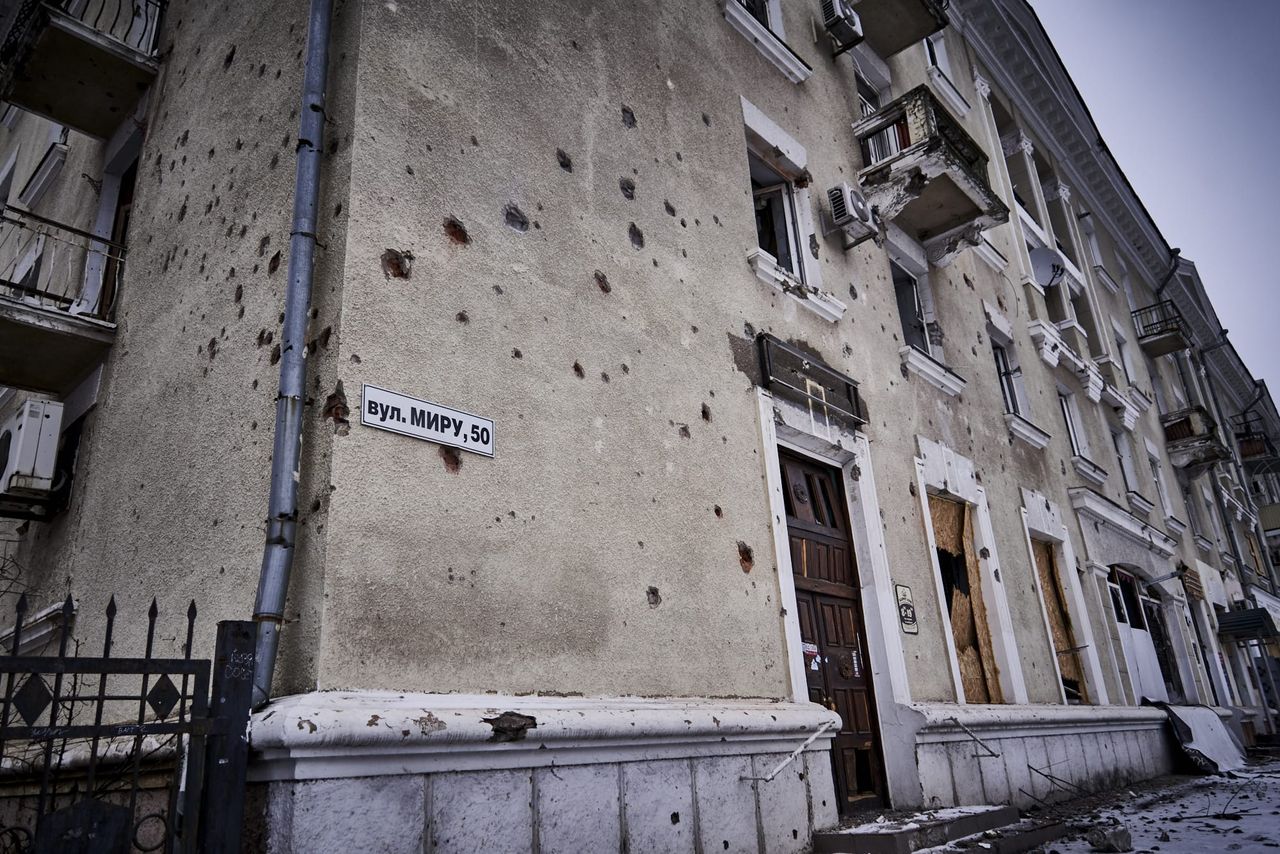
The will to survive unites, and even pigeons hide in flocks on the roofs and from time to time the roar of a nearby explosion lifts them up into the air, so that after a while they disappear on the roof looking for shelter.
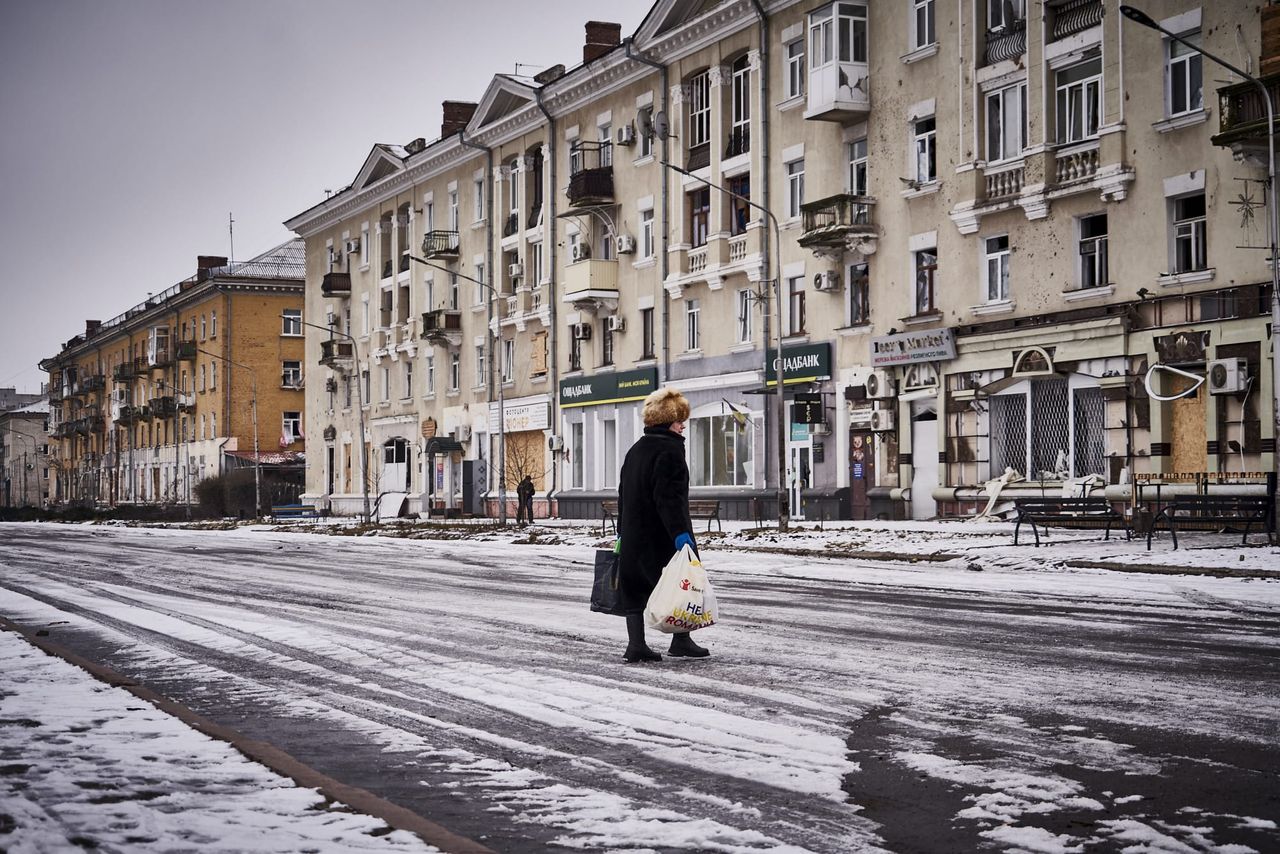
Occasionally, one may pass a cart, and you can see that it was used to transport a wounded person to the medics, or someone who is tired with this terrible routine and decides to sweep the street from garbage and rubble. It is difficult to find sense and logic in such a reality.
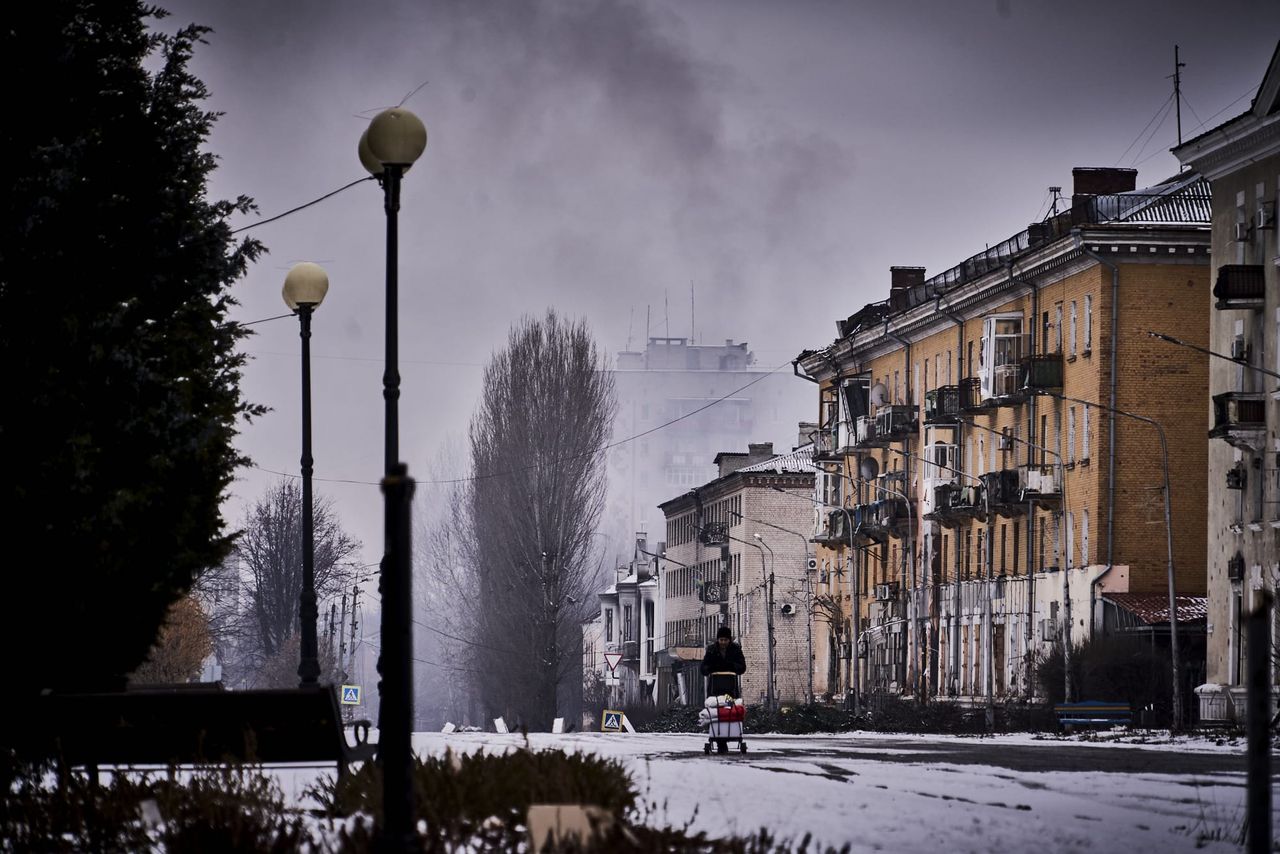
 Ukrainian
UkrainianOdyssey



